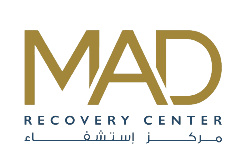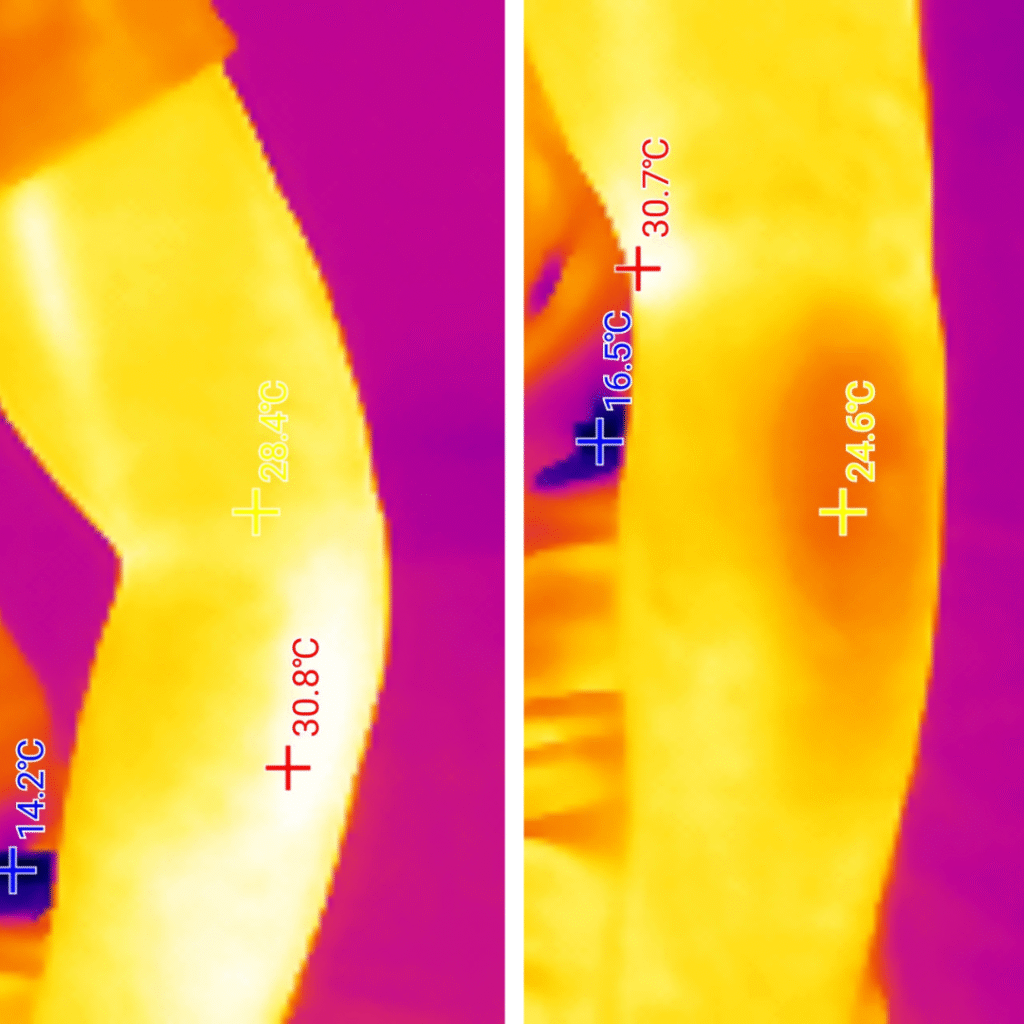What is Thermal Imaging?
Thermal Imaging is a non-invasive technology that helps identify areas of inflammation, imbalance, or physical stress before symptoms appear.
Benefits of Thermal Imaging may include:
-Early detection of potential problem areas
-Greater insight into inflammation, tension, or circulation issues
-More precise and personalized recovery strategies
-A proactive approach to long-term health and balance
-Non-invasive, pain-free scanning experience




